Cat Grooming Tips
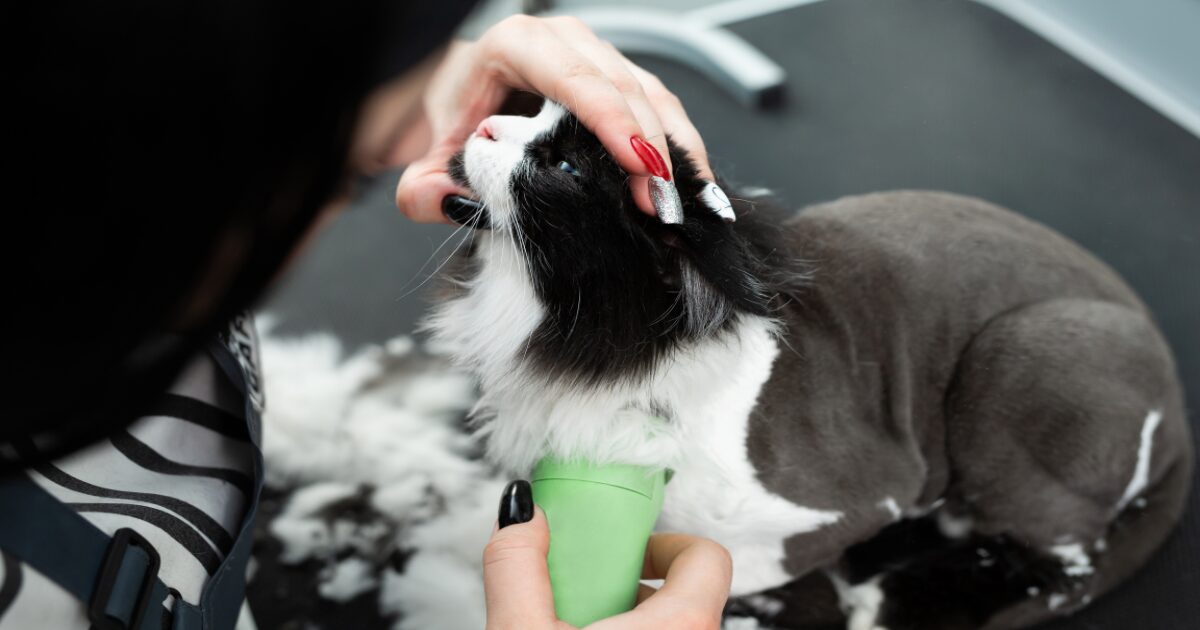
Introduction
As a cat owner, there’s nothing quite as satisfying as seeing your feline companion looking healthy, happy, and utterly fabulous. One of the key ways to achieve this is through consistent and thoughtful grooming. Whether you’re a brand-new cat owner or an experienced one, grooming is an essential part of cat care that not only enhances your cat’s appearance but also improves their health and well-being. From preventing mats and tangles to controlling shedding and maintaining healthy skin, grooming plays a vital role in keeping your cat comfortable and looking their best.
In this article, we’ll cover 10 must-know cat grooming tips that will ensure your kitty stays fluffy, fabulous, and healthy. These grooming techniques will help you manage all aspects of cat care, from brushing to bathing to controlling shedding, while ensuring your cat enjoys the experience too.
1. Cat Grooming Tips Every New Cat Owner Needs to Know for a Fluffy Start
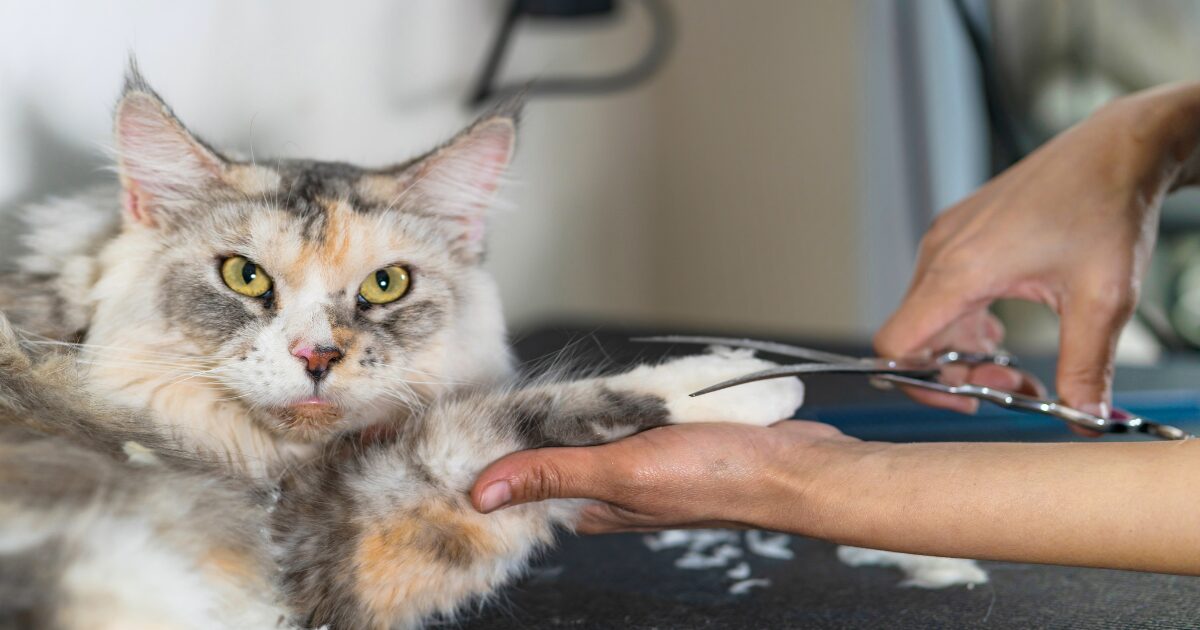
For new cat owners, grooming can feel a bit intimidating, especially if you’ve never had a cat before. However, it doesn’t have to be overwhelming. Starting early and understanding the basics can make grooming a bonding experience for you and your kitty, and will set the stage for a happy, healthy life together. The first grooming routine should begin the moment you bring your cat home.
Establishing a Consistent Grooming Routine
Starting with the basics, it’s crucial to establish a consistent grooming routine. Cats, whether they have long or short fur, benefit from regular brushing, cleaning, and general care. Brushing your cat not only keeps their coat clean but also promotes healthy skin by distributing natural oils, which prevents dryness and helps your kitty stay fluffy. A good starting point for new owners is to begin brushing your cat once a week, gradually increasing the frequency as they get more comfortable.
Getting Your Cat Used to Grooming
The first step is to get your cat used to the idea of grooming. Start by gently handling your cat’s fur with your hands before introducing any grooming tools. Pet your cat and then slowly transition to using a brush, always being gentle and patient. Make sure to choose a brush appropriate for your cat’s fur type. A soft brush is great for short-haired cats, while a comb with wider teeth or a slicker brush is better for long-haired cats.
Brushing Techniques for a Healthy Coat
When brushing, ensure you’re brushing in the direction of your cat’s fur growth. For a long-haired cat, start at the tips of their fur and work your way to the roots to avoid tugging at any tangles or mats. It’s also essential to check your cat’s ears, eyes, and teeth regularly as part of your grooming routine, even though these areas might not be as obvious as their coat. Cats are generally very clean animals, but a little extra attention to these areas will help you spot potential issues before they become major problems.
Building Trust and Making Grooming Enjoyable
Most importantly, take it slow and build trust with your cat. Grooming should be a relaxing experience for your pet, not something they dread. Once your cat gets used to being brushed, they’ll likely look forward to the attention. With a consistent approach, you can make grooming part of your daily or weekly routine, which will help your kitty stay healthy, calm, and happy.
2. Essential Cat Grooming Tips to Keep Your Long-Haired Kitty Mat-Free
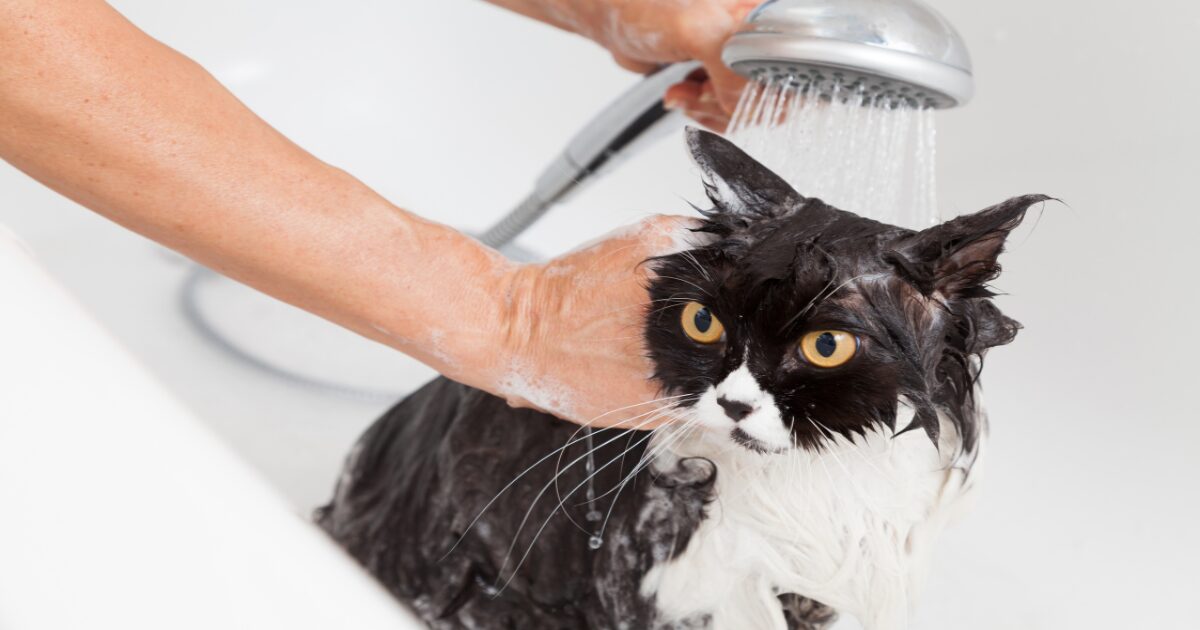
Long-haired cats are absolutely stunning, but maintaining their gorgeous coats can be quite a challenge. One of the most common problems owners of long-haired cats face is matting, which can cause discomfort, pain, and even skin infections if left untreated. Thankfully, with the right grooming tips, you can prevent mats and tangles from becoming a problem.
The Importance of Regular Brushing
First and foremost, the key to managing a long-haired cat’s coat is regular brushing. Long-haired breeds like Persians, Maine Coons, and Ragdolls require daily grooming to keep their coats mat-free. When brushing, it’s important to use a wide-toothed comb or a slicker brush designed for long fur. These tools are specifically made to help detangle the hair gently and prevent knots from forming. For cats with dense coats, a de-matting comb or tool may also come in handy for removing mats without causing discomfort.
Brushing Techniques for Tangle-Free Fur
To keep the grooming session enjoyable for your cat, begin by brushing sections of the fur. Start from the tips and gently work your way up to the base, ensuring you’re not pulling on any tangles. If you find a mat, don’t yank it out—this can hurt your kitty. Instead, use a detangling spray or conditioner to loosen the mat, and then use your fingers or a comb to carefully separate the hair. If mats persist, you might want to consult a professional groomer, especially in delicate areas like behind the ears or under the armpits.
Bathing Your Long-Haired Cat
In addition to brushing, bath time is an essential part of a long-haired cat’s grooming routine. Long-haired cats can accumulate oil and dirt in their fur, especially in areas where they can’t easily groom themselves. Regular bathing will help prevent buildup and keep their coat healthy and shiny. Use cat-specific shampoos that are gentle on their skin. The bathing process should always be gradual and gentle—never force your cat into the water. Also, ensure the water temperature is warm but not too hot. After bathing, dry your cat gently with a towel and use a hairdryer on a low, cool setting if your cat is comfortable with it.
Consider Professional Grooming Sessions
Finally, consider a professional grooming session every few months. While regular at-home grooming is essential, a professional groomer can help trim excessive fur, keep your cat’s coat manageable, and even perform any necessary maintenance, such as nail trimming and ear cleaning.
3. Cat Grooming Tips to Control Shedding and Keep Your Home Fur-Free
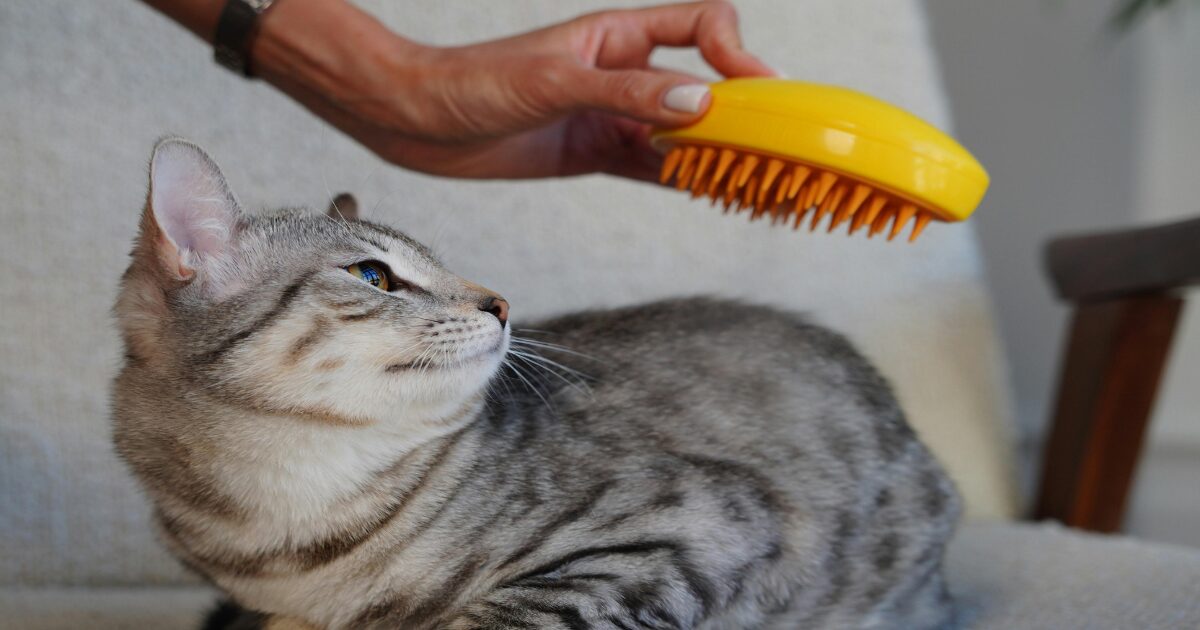
As much as we love our cats, one downside of owning a furry feline is the shedding! It seems like no matter how much we brush, fur finds its way onto our clothes, furniture, and carpets. The good news is that there are several cat grooming tips that can help you control shedding and reduce the amount of fur in your home.
Regular Brushing to Reduce Shedding
The first step in managing shedding is regular brushing. By brushing your cat frequently, you can remove loose fur before it has a chance to fall off and spread around your home. For cats with short fur, aim to brush them once a week. For long-haired cats, daily brushing is ideal. Use a brush that suits your cat’s coat type—pin brushes for long-haired cats and grooming mitts or fine-toothed combs for short-haired ones. You may also want to invest in a deshedding tool, which is designed specifically for removing loose undercoat fur and preventing excessive shedding.
Diet and Nutrition for a Healthy Coat
A healthy diet plays a significant role in reducing shedding as well. Look for cat foods that are rich in omega-3 fatty acids and vitamins to keep your cat’s coat shiny and healthy. A well-balanced diet supports your cat’s skin, reducing the likelihood of excessive shedding due to dry or irritated skin. If you’re unsure about the best diet for your cat’s coat health, consult your vet for recommendations based on your cat’s breed and lifestyle.
Hydration to Control Shedding
Hydration is another key factor in controlling shedding. Ensure that your cat has access to fresh water at all times. Dehydration can lead to dry, flaky skin, which can cause more shedding. You can also invest in a water fountain to encourage your cat to drink more, as some cats prefer running water to still water.
Managing Fur Around Your Home
Lastly, vacuuming and using lint rollers are essential for managing the fur that inevitably ends up around your home. Regular vacuuming is a must, especially if you have a cat that sheds a lot. You can also use lint rollers to remove any fur from your clothes or furniture, ensuring your home remains as fur-free as possible.
With these cat grooming tips, you can reduce shedding and keep your home clean while ensuring your cat stays happy and healthy.
4. The Top Cat Grooming Tools You Need for a Perfectly Groomed Coat
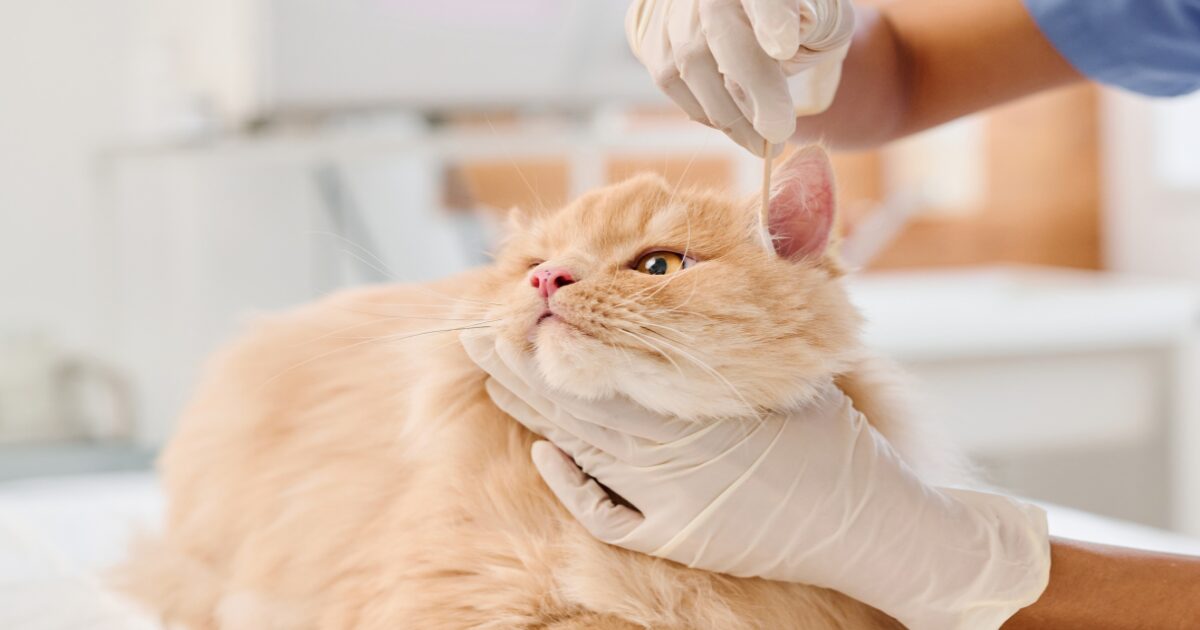
Having the right grooming tools is critical for maintaining a healthy and beautiful coat for your kitty. The right tools make the grooming process easier, more efficient, and more enjoyable for both you and your cat. Whether you have a short-haired cat or a long-haired one, investing in the right grooming products can make all the difference.
-
Slicker Brush: A slicker brush is a must-have for most cat owners. This type of brush has fine, closely spaced wires that work well for detangling and removing mats. It’s especially useful for long-haired cats but can also work for short-haired breeds.
-
Deshedding Brush: If your cat is prone to shedding, a deshedding brush can help reduce the amount of fur left behind. These brushes have unique teeth designed to penetrate deep into the fur to pull out loose undercoat hair.
-
Fine-Toothed Comb: A fine-toothed comb is an essential tool for cats with sensitive skin or for tackling tangles in delicate areas like behind the ears or around the face. A comb can also help remove debris or check for parasites.
-
Nail Clippers: Trimming your cat’s nails is an important part of their grooming routine. Invest in a pair of high-quality, cat-specific nail clippers to ensure safe and effective trimming.
-
Ear Cleaner: Regularly cleaning your cat’s ears can help prevent infections and buildup. Use a gentle ear cleaner that is formulated for cats, as human products can irritate their sensitive ears.
-
Shampoo and Conditioner: If you bathe your cat, always choose a shampoo and conditioner that are specifically made for cats. Cat-safe formulas are gentle on their skin and help maintain the natural oils in their coat.
With the right tools at your disposal, you’ll be able to groom your cat like a
pro and keep their coat looking fabulous all year long.
5. Cat Grooming Tips for Bathing Your Kitty Without the Stress
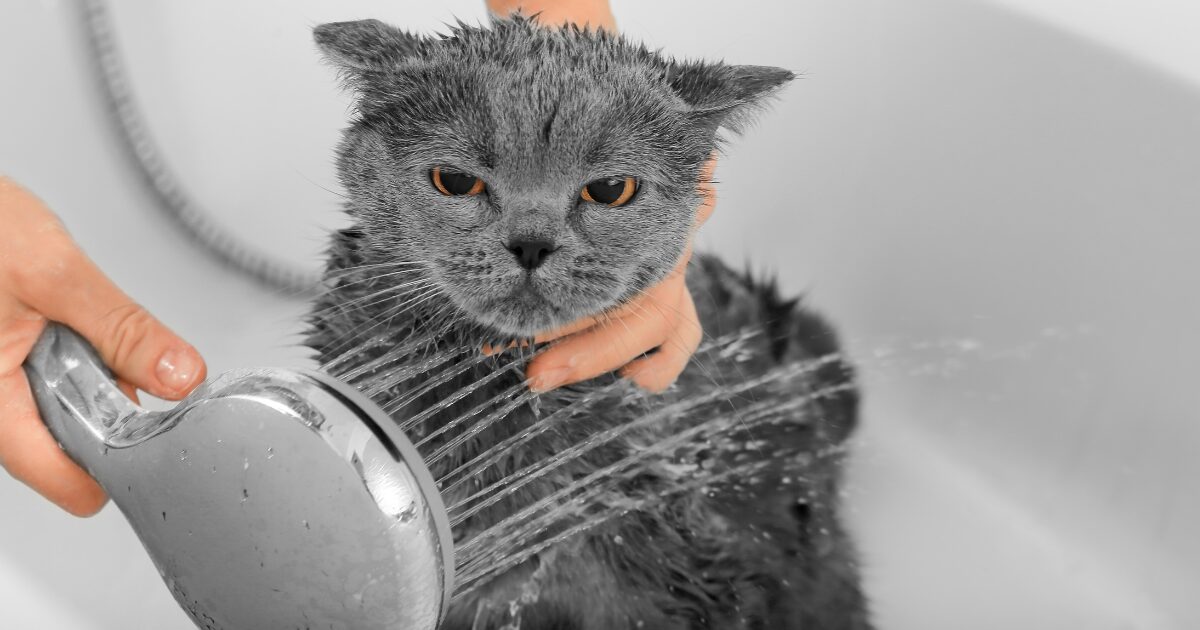
Bathing a cat is often viewed as a daunting task. Many cats simply hate being bathed, and it can result in stress for both you and your pet. However, with the right cat grooming tips, you can make bath time a more manageable and even enjoyable experience for your cat.
Start by preparing the bathroom and all necessary supplies in advance. Ensure you have everything you need, such as shampoo, towels, and a cup for rinsing, ready before you start. This will minimize the amount of time your cat spends in the water. Additionally, consider using a bath mat in the tub to prevent your cat from slipping and feeling anxious.
Use lukewarm water, never hot, as cats are sensitive to temperature changes. Gently wet your cat’s fur with a cup or showerhead, starting from the back and avoiding their head at first. Most cats dislike water on their face, so it’s best to bathe them in sections. Apply a small amount of cat-safe shampoo, massaging it into their fur and working your way down the body.
Once you’ve lathered your cat, thoroughly rinse them to remove any shampoo residue. Afterward, gently towel-dry your cat, patting them rather than rubbing to avoid tangling their fur. If your cat tolerates it, you can use a blow dryer on a low, cool setting to dry their coat further.
Always reward your cat with treats and extra affection after their bath to create a positive association with bath time. This will help reduce stress during future baths.
Certainly! Here is the continuation of the detailed blog/article, as requested:
6. How to Brush Your Cat Like a Pro: Simple Cat Grooming Tips for Smooth Fur
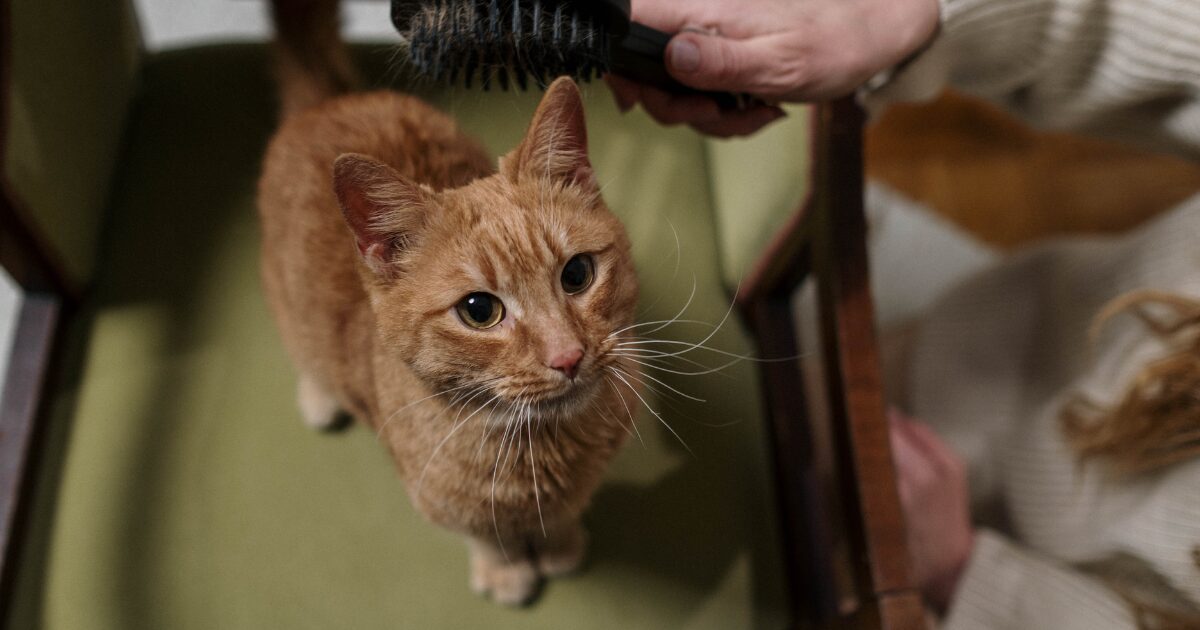
Brushing your cat regularly is essential for maintaining their coat and preventing tangles, mats, and shedding. But brushing your cat like a pro requires more than just picking up a brush—it’s about technique, patience, and understanding your cat’s needs.
First, choose the right brush. If your cat has short fur, a gentle brush like a soft-bristle or rubber brush is ideal. For long-haired breeds, opt for a slicker brush or a comb with wider teeth to remove tangles without damaging the fur. Additionally, if your cat has a dense or double-layered coat, a rake-style comb can help remove excess undercoat and reduce shedding.
Before you start brushing, make sure your cat is in a calm environment. It’s essential to help your cat relax before the grooming session. You can do this by offering treats, petting them gently, or speaking in a soft, soothing tone. Once your cat is comfortable, gently begin brushing their fur in the direction of hair growth. Start at the head and neck area, and work your way down the body, brushing in long, smooth strokes.
Pay special attention to problem areas like behind the ears, under the armpits, and around the tail, as these spots can be more prone to mats and tangles. If you come across a tangle, never yank or pull on the fur—this could hurt your cat. Instead, work through the knot slowly, using your fingers or a detangling spray to loosen it.
Consistency is key—brushing your cat regularly will not only keep their coat looking smooth but will also improve their overall health. Brushing helps to remove dead hair, dirt, and parasites, while also stimulating the skin and promoting healthy oil production. This results in a shinier, smoother coat and strengthens the bond between you and your kitty.
7. Cat Grooming Tips for Healthy Skin: The Secret to a Silky Soft Coat
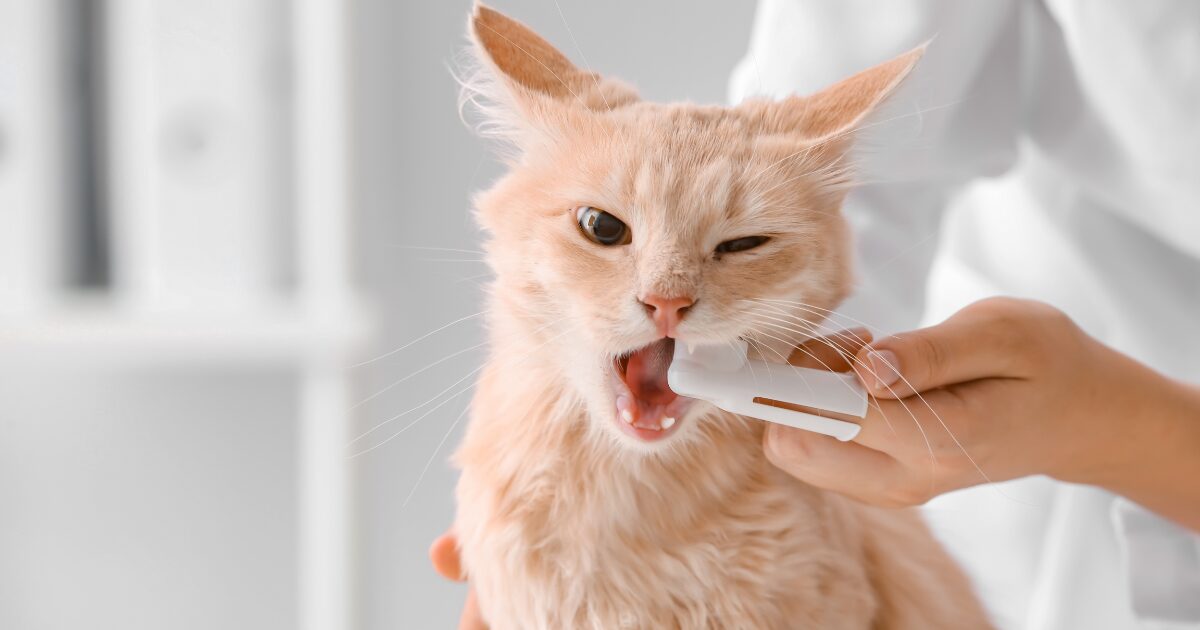
A silky soft coat isn’t just about appearance—it’s a reflection of your cat’s overall health. Healthy skin is the foundation of a beautiful coat, and with the right cat grooming tips, you can keep your kitty’s skin in top condition.
One of the best ways to promote healthy skin is by ensuring that your cat is eating a balanced, nutritious diet. Look for cat food that contains high-quality proteins, omega fatty acids, and essential vitamins that support skin and coat health. Omega-3s, in particular, are crucial for reducing inflammation and keeping the skin moisturized, preventing dryness, flakiness, and excessive shedding. If you’re concerned about your cat’s skin, consult with your vet to see if they would benefit from supplements like fish oil.
Regular brushing plays a vital role in maintaining healthy skin. It not only helps remove loose fur and dirt but also stimulates the skin, promoting better circulation and oil distribution. Brushing your cat’s coat helps distribute natural oils evenly, which keeps their skin hydrated and prevents dryness or flakiness. For long-haired cats, more frequent brushing is necessary to avoid tangles and mats, which can irritate the skin and cause discomfort.
You should also bathe your cat occasionally to remove any buildup of oils, dirt, and dead skin cells. Use cat-specific shampoos that are formulated for sensitive skin. Over-bathing can strip away natural oils, so it’s essential to strike a balance—bath your cat only when necessary, such as after outdoor adventures or if their fur becomes excessively greasy.
If you notice your cat scratching, licking excessively, or developing sores, it could be a sign of skin irritation or allergies. In this case, it’s essential to visit the vet to rule out any underlying medical issues such as infections, flea infestations, or food allergies.
By focusing on your cat’s skin health through grooming, nutrition, and overall care, you’ll help them maintain a shiny, soft, and silky coat for years to come.
8. Preventing Hairballs with These Key Cat Grooming Tips
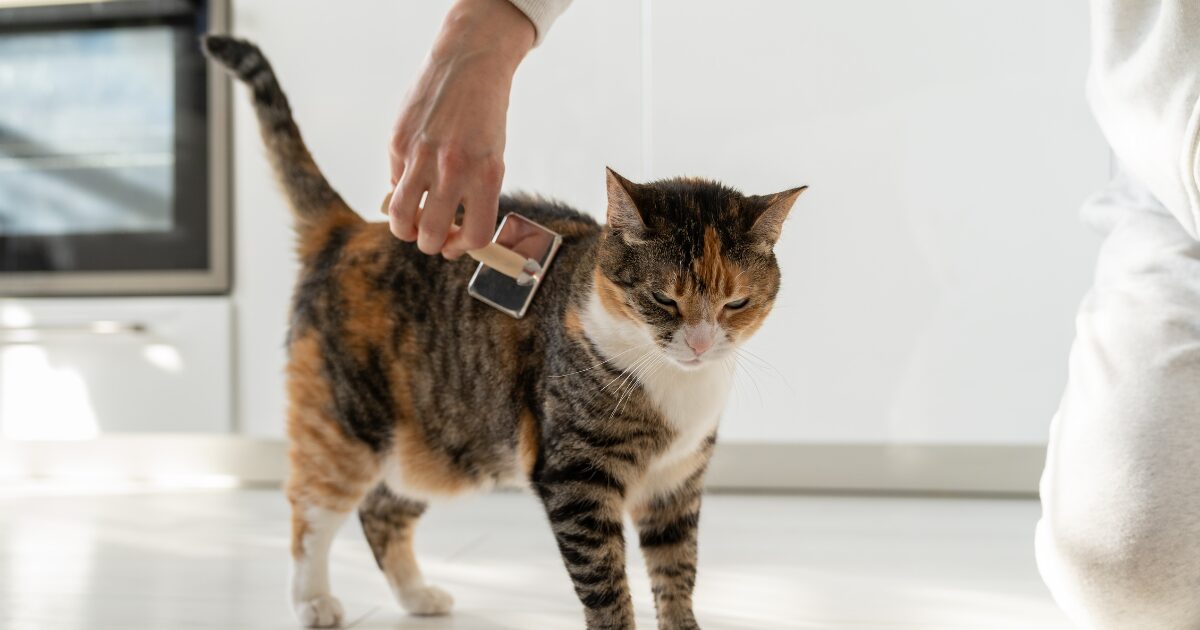
Hairballs are a common issue for many cats, especially those with long fur. These pesky little balls of fur can cause discomfort for your cat and mess up your home. But with the right cat grooming tips, you can minimize hairballs and help your kitty feel more comfortable.
The first step in preventing hairballs is regular brushing. By brushing your cat’s coat at least once a week (or more often for long-haired breeds), you can reduce the amount of loose fur your cat ingests during grooming. This will decrease the likelihood of hairballs forming in your cat’s stomach. A deshedding tool or comb can be especially helpful for removing undercoat fur, which is often the culprit in hairball formation.
In addition to brushing, you can help your cat prevent hairballs by feeding them a specialized diet that supports digestion. Many commercial cat foods contain ingredients designed to help with hairball control. These foods often include fiber, which helps move ingested fur through the digestive tract. You may also want to try hairball treats or supplements, which are formulated to assist with hairball prevention and keep your cat’s digestive system running smoothly.
Make sure your cat always has access to fresh water. Dehydration can lead to digestive issues and exacerbate hairball problems. If you have trouble getting your cat to drink enough, consider investing in a cat water fountain, as many cats prefer drinking running water over still water.
Lastly, if your cat does vomit a hairball, don’t panic. It’s a natural process, but excessive hairballs or vomiting may indicate an underlying issue. If your cat seems to be having trouble passing hairballs, or if they are vomiting frequently, it’s worth consulting your vet for advice.
With these grooming tips and a bit of proactive care, you can keep your cat happy and comfortable while minimizing the hairball problem.
9. Cat Grooming Tips for Sensitive Cats: How to Keep Them Calm and Comfortable
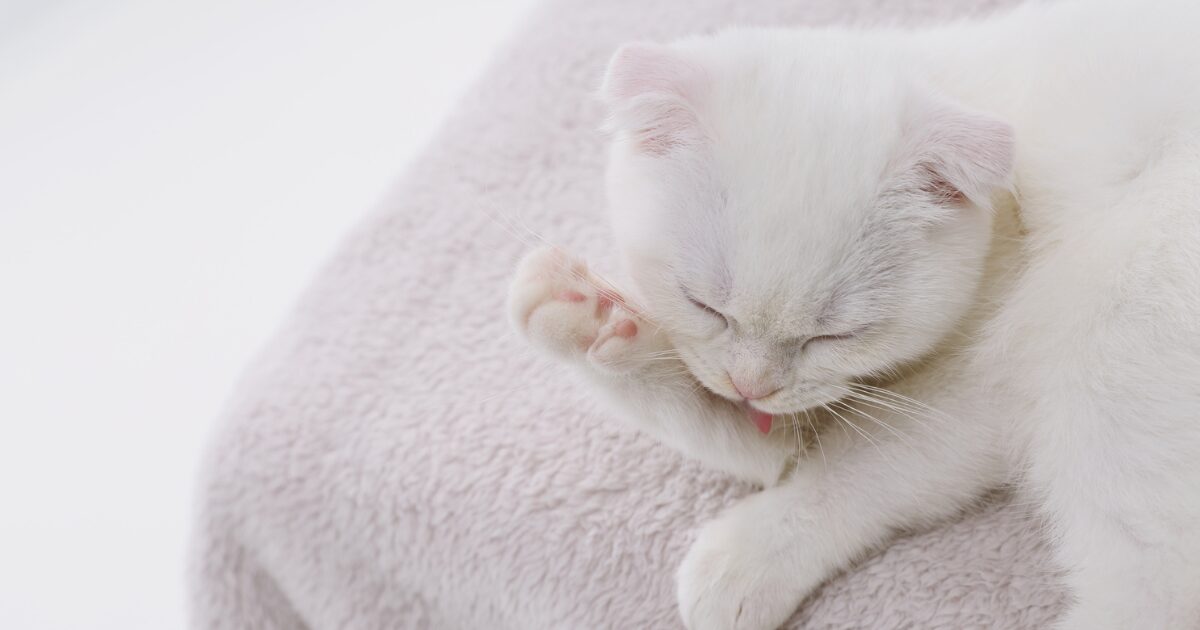
Some cats are more sensitive than others when it comes to grooming, and it can be challenging to groom a cat that is anxious or easily stressed. Whether your cat has a sensitive temperament or a history of traumatic experiences, using the right approach will help them feel more comfortable during grooming sessions.
The first tip is to take it slow. Don’t rush through the grooming process. Start with short sessions that are focused on positive interactions and rewards. Gradually increase the length of time you spend grooming as your cat becomes more accustomed to the process. Start with gentle petting before introducing grooming tools to ease your cat into the experience.
Using the right grooming tools is especially important for sensitive cats. Choose tools that are gentle on the skin and fur, such as soft-bristle brushes or rubber grooming mitts. Avoid using hard or abrasive brushes that could irritate your cat’s skin. If your cat is particularly sensitive, try brushing with your fingers first to mimic the natural grooming process, which might help them feel more relaxed.
Make sure to create a calm environment. Ensure that the room you groom your cat in is quiet, well-lit, and free from distractions. You may want to play soft music or use calming pheromone sprays (available at pet stores) to help soothe your cat. Be mindful of your own body language as well—avoid sudden movements or loud noises, as these can startle your cat and make them more anxious.
Finally, reward your cat with treats and affection after each grooming session to create a positive association. Over time, your cat will learn to look forward to these sessions instead of dreading them.
By being patient and gentle, you can successfully groom even the most sensitive cats and ensure that they enjoy their grooming experience.
10. The Best Cat Grooming Tips for Regular Coat Maintenance Between Professional Grooming
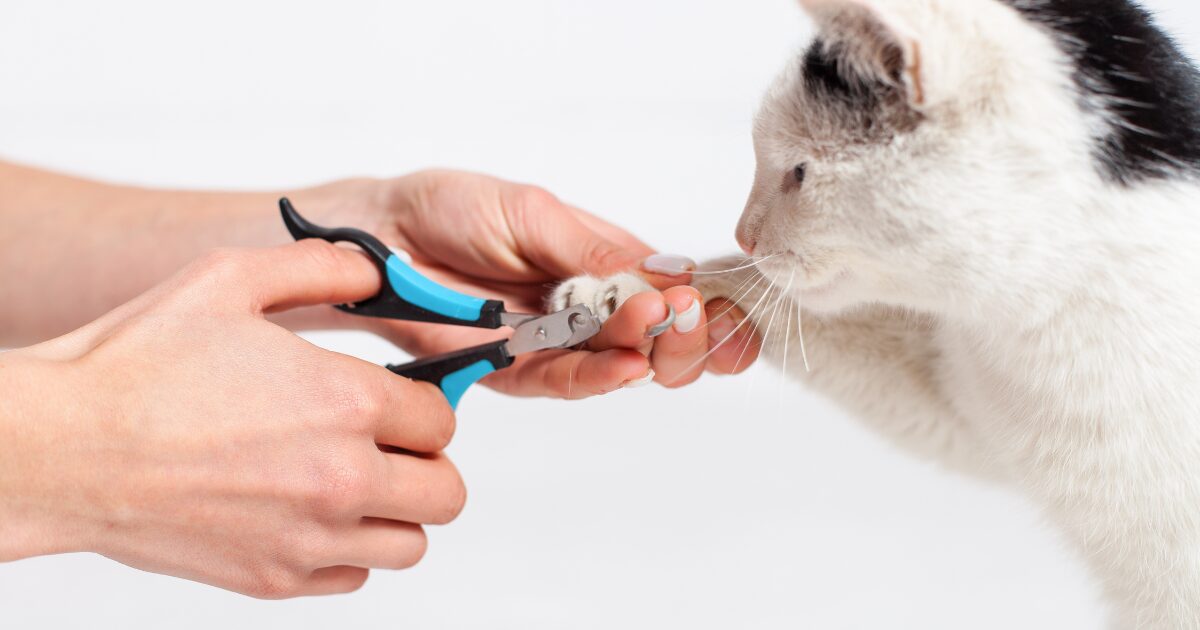
While professional grooming is beneficial, it’s important to maintain your cat’s coat between visits. Regular grooming at home helps ensure that your cat’s coat remains healthy and free of tangles, mats, and shedding.
A great way to maintain your cat’s coat between professional grooming sessions is to brush your cat regularly. This keeps their fur smooth and prevents mats from forming, which can become painful over time. Brushing also helps with shedding, as it removes dead hair before it can spread around your home.
You can also keep your cat’s coat healthy by feeding them a nutritious diet and ensuring they are hydrated. Cats with good nutrition tend to have shinier coats and healthier skin. Regular grooming will help distribute the natural oils in your cat’s fur, keeping their coat soft and shiny. Pay attention to any changes in your cat’s skin or coat that might indicate a health issue. If you notice anything unusual, such as excessive dryness or hair loss, it’s a good idea to consult your vet.
Don’t forget to check your cat’s ears, teeth, and nails regularly. Even if you’re not scheduling a professional grooming session, these areas still require regular care. Trim your cat’s nails as needed and keep their ears clean and free from debris. By incorporating these small grooming tasks into your regular routine, you’ll keep your cat’s coat looking fabulous between professional grooming visits.
Conclusion
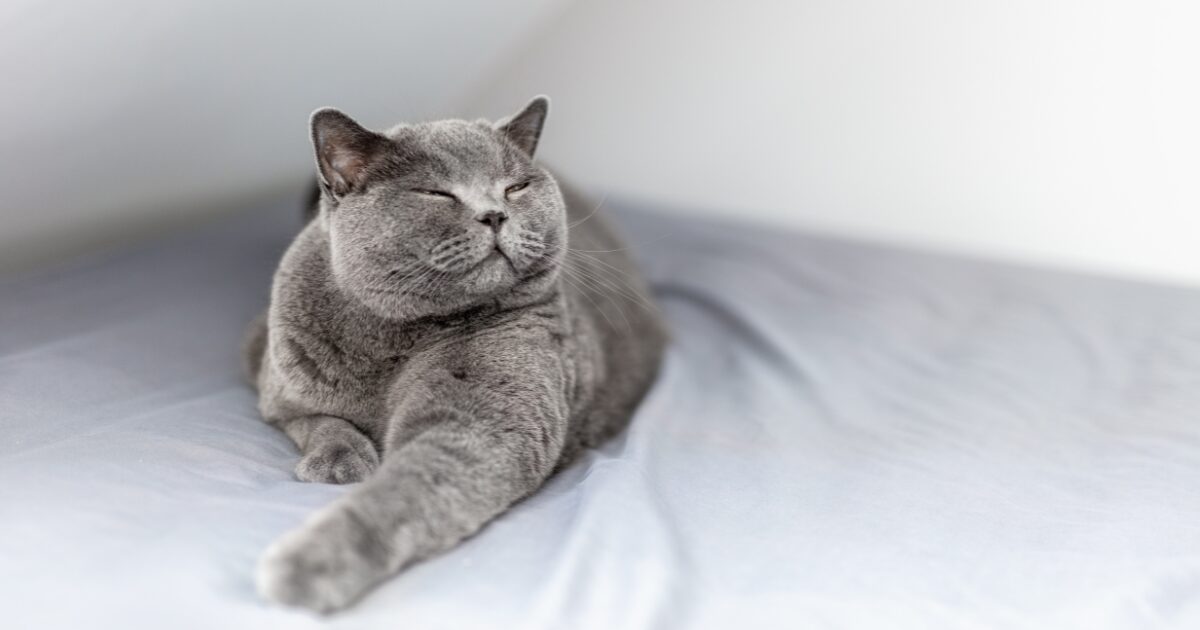
By following these 10 essential cat grooming tips, you can keep your kitty looking fluffy, fabulous, and healthy all year long. Whether you’re dealing with a long-haired beauty or a short-haired wonder, regular grooming is an important part of cat care that ensures your cat feels their best. With the right grooming routine and tools, you can make your cat’s grooming sessions enjoyable for both of you.
Ready to take your cat’s grooming game to the next level? For more information and expert grooming tips, visit The Paw’s Hub.
Happy grooming!